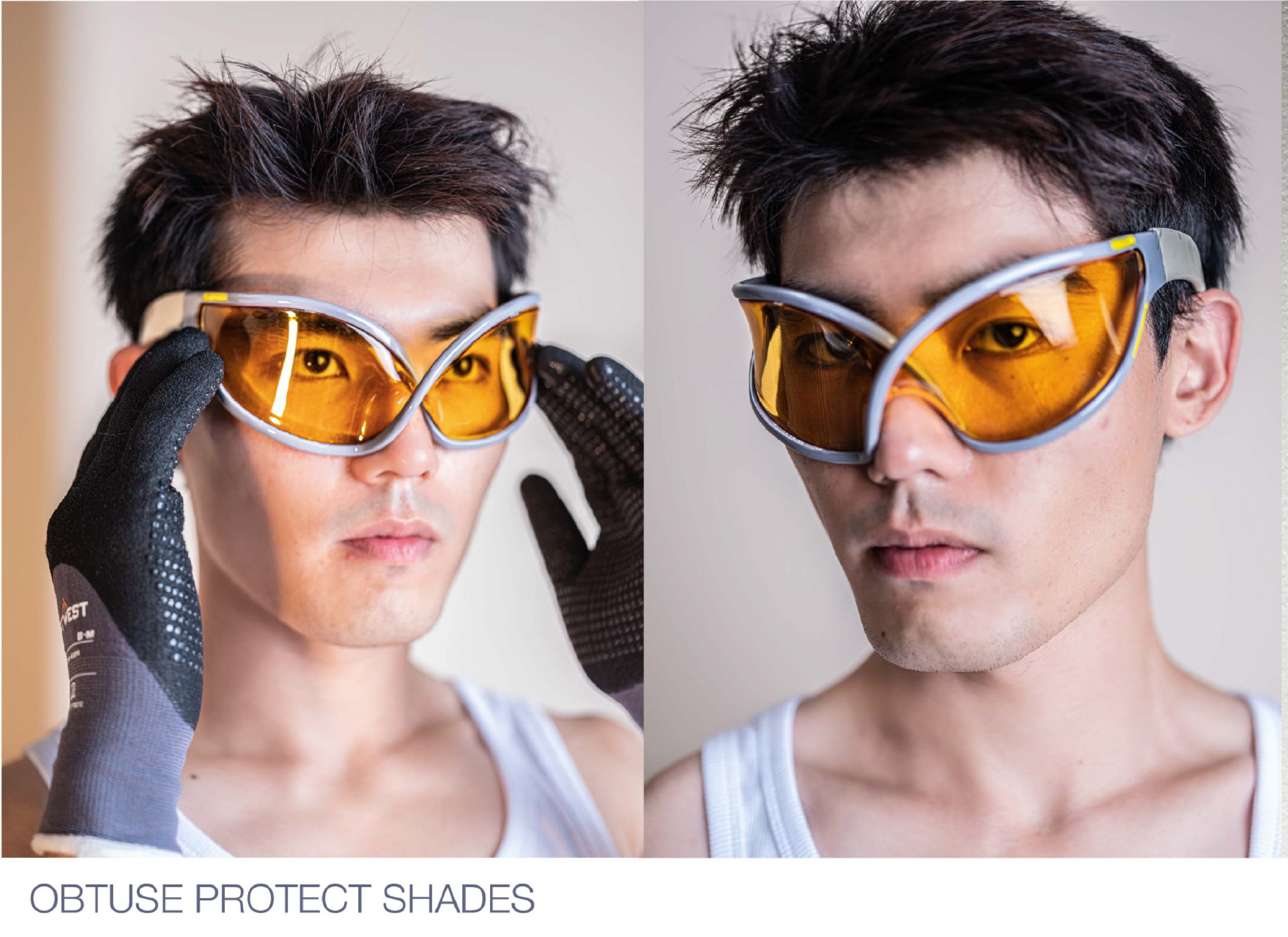The fashion education system has long been bonded with a certain sense of mystique, prestige and specialness. With top colleges and courses having rigorous application processes, and intense working expectations, being part of a top-level fashion curriculum has always been considered honorary.
But with the present fashion revolution in full swing – and the current fashion shape bearing little resemblance to its form 5 years ago – is the education system modernized enough to maintain its lionized status?
The Current Curriculum
Presently, fashion teaching is still modelled on knowledge of conventional practices. The fashion curriculum at most colleges oscillates around the central pillar of garment design, and the details of designing through research, sketching, and handiwork. With a focus on illustration, pattern cutting and garment construction, most courses encourage students to hone their hand-learnt skills. Meanwhile, other more factual modules relating to branding, merchandising, and business management tend to be offered as electives. But with material manufacturing in our modern world now being mechanized, and the dissipation of online design software such as Clo – 3D, how relevant is it for students to study these manual skills? In reality, the role of the fashion designer might have changed from someone who builds clothing themselves, to someone who summons together data, software, and AI to build it for them.
Impressively, as part of our 21st-century digital boom, there is a wealth of open-source platforms that are beginning to offer free or affordable courses that teach these newer skills within the fashion sector. Just with access to the internet, people can begin to educate themselves remotely about digital design and rendering. It is true that in our evolving world qualifications are slipping in recognition, and quite readily becoming a namesake rather than an accolade of reliable skill; hiring managers will most definitely start looking beyond the green markers of degree titles when it comes to building their teams across the next decade. These pockets of learning are broadening the fashion pool, and opening this industry, amongst others, to a wider select of people. But are these non-certified and ad-hoc courses equipping people to better navigate the fashion world better than the historic institutions, and is it time for an education overhaul?
An Ever Changing Landscape
Fashion is relentlessly transforming alongside digital discovery — some even say we are at the summit of a fashion revolution. Screen-based processes are not only streamlining work, but helping to bring more abstract ideas into feasibility. With the real-life warehouse and studio experience becoming increasingly reliant on tech tools, it seems only necessary that the body of training supposed to equip students in their young careers should adapt synchronously.
Yet, for the curriculum to adapt, the teaching team needs to adapt. And, in a dynamic and fluid industry, it can be difficult to ensure that a broadly proficient teaching team is maintained to high standards. Whilst an adept and expert education team seems a simple requirement of institutions, in all fairness, educators are now being called to teach concepts that they have only very recently begun to understand. To keep abreast of an industry in flux is anything but simple. The criteria by which we qualify and continually train educators must therefore also be reconsidered to be more comprehensive. Ultimately, a united overhaul of a curriculum is something that requires both time and a moment of pause, something that is scarce if not impossible in a period of rapid and ever-evolving advancement.
What is the opinion of the students and professors in the midst of it?
“Almost everyone at UAL/LCF is taught about aspects of digital fashion, no matter what course you undertake” – Joe Dowe, a fashion management student currently trying to carve out his own entrepreneurial path, told GLITCH – “
However, there is a real lack of hands-on experience when it comes to utilizing software, we are limited to foundational learning and exposure to guest lecturers”
Ultimately, Joe concluded “Students really need real opportunities in the real world”.
“LCF, and others need to be leveraging their big names in the industry and provide more support in bridging the gap between education and the workplace. I’m in my final year now and it is very apparent that as students we are about a year and a half behind in learning, compared with the newest announcements in relevant tech. Graduates want to be leaving uni feeling equipped with skills that make them feel like an asset to whatever company they work for, and ultimately they are investing into the universities for this!”
GLITCH also spoke with Emily Shahaj, a digital fashion lecturer and researcher at the University of Arts. She echoes Joe’s sentiment, “Across the board, creative industries have digitized because it’s just too efficient not too. But most universities are not aptly teaching these skills to undergraduate students, which is doing them a massive disservice in a competitive industry”.
Emily believes we are at the crux of change — “There hasn’t yet been an incentive to adapt or reconsider the frameworks of fashion education unless some major external forces come along to push them. I believe we’re hitting that point, both in sustainability and digitisation”. She comments how there is a “tendency towards conservative teaching” out of fear of teaching students “approaches and processes that could go out of vogue in a few years”, but thank frankly with digitization comes exponential innovation – “ Our UCA Digital Fashion students are creating mobcap VR catwalks, more sustainable made-to-order business models, and playable game avatars, for example. This kind of thinking entering the fashion industry enables very exciting, fundamental change”.
Why is tech integration so important?
Inevitably, integrating digital teaching into our fashion education system is paramount. Digital practice is not only leading us to democratize the industry and incorporate a vast array of talents and creatives, but it is also leading us to a more sustainable, grounded, and eco-conscious understanding of manufacturing. At the same time, there is a fine balance for fashion schools to manoeuvre around, and careful consideration is needed when it comes to evicting subjects from student timetables. The art of fashion lies in its artisanal roots, and to evict all levels of hand craftsmanship from our students, would be to rob them of the learning of the history of fashion. Fashion education needs to look both forwards and backward as it attempts to reorganize its pillars.
Written by Hebe Street from GLITCH Magazine





